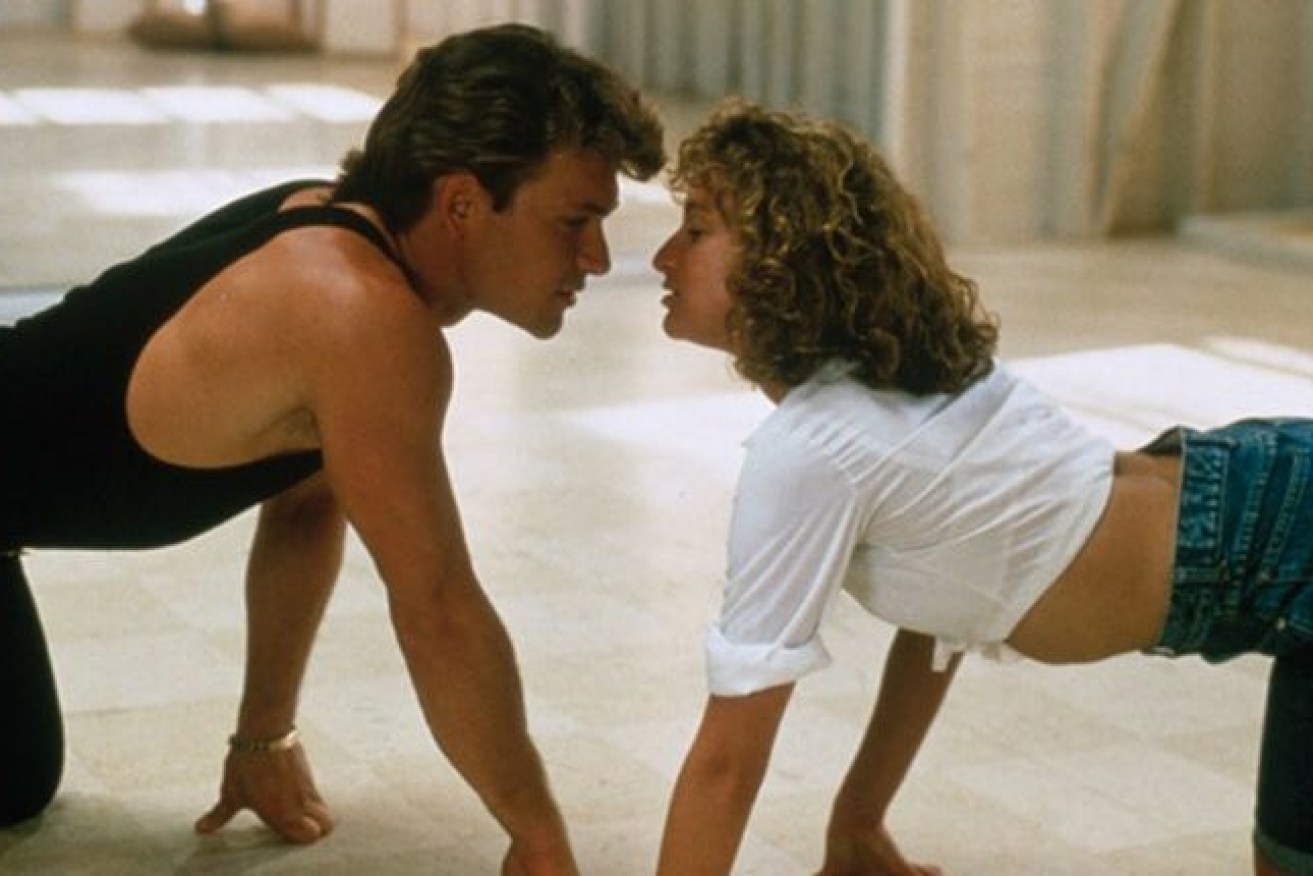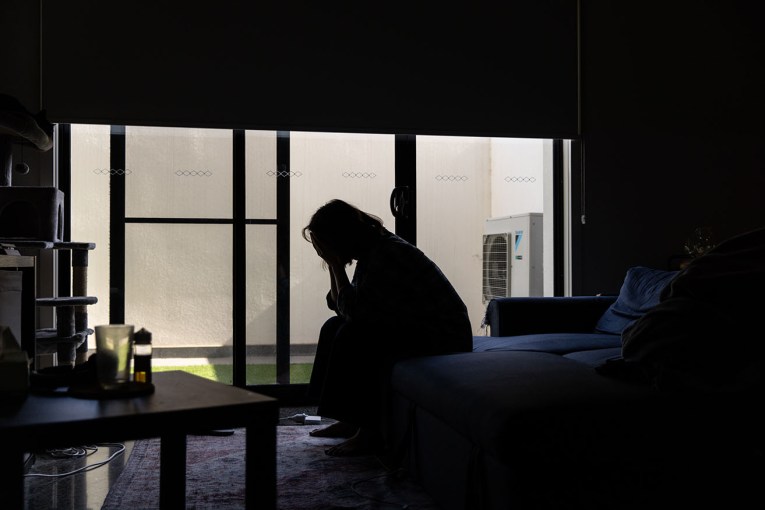Coronavirus restrictions on dancing could change in time for school formals

People in New South Wales could be dirty dancing sooner than most. Photo: Twitter/@manicpixiewnnab
It’s the antithesis of social distancing, but coronavirus restrictions on dancing and intermingling could soon be about to change.
Just over six weeks ago, NSW Premier Gladys Berejiklian insisted there would be “no singing, no mingling, no dancing” as she tightened rules for weddings and hospitality venues.
Shortly after, NSW Police’s Acting Commissioner Tony Cooke slammed a series of house parties in Bondi, in Sydney’s east, as “moronic behaviour”.
But on Tuesday, NSW chief health officer Kerry Chant confirmed she was exploring “how we can conduct dancing safely, how we can encourage that intermingling” at school formals and graduation ceremonies.
This is what COVID-safe dance floors could look like.
What are the rules right now?
Since they reopened in May, dancing and mingling in bars, clubs and restaurants has been banned in NSW.
Weddings can go ahead in NSW with an attendee cap of 150, but only the happy couple are permitted on the dance floor.
Despite NSW being hailed as Australia’s “gold standard” for coronavirus suppression this week, the state has no timeframe for when dancing will be allowed.
In Melbourne, Stage 4 restrictions mean weddings are banned unless an exemption is issued. They allow for a maximum of five people, and no mingling.
Some Victorians have taken to social media to get their dancing fix, with one doctor’s important coronavirus message going viral.
In South Australia and Western Australia, nightclubs are back in the swing of things with dance floors open for revellers – as long as a COVID safety plan is in place.
Is dancing and mingling an outbreak risk?
Epidemiologist Fiona Stanaway, from the University of Sydney, said the risks of dancing during a pandemic were twofold.
“Being in a closed indoor environment with other people is associated with increased transmission – and this risk increases with longer duration,” Dr Stanaway said.
Additionally, dancing “increases the force of your respiration and results in greater respiratory droplet formation and increases the distance that they are likely to travel”.
A spokesperson from NSW Health agreed, saying “high-energy dance can spread COVID-19 if a participant is infected”.
NSW has already seen coronavirus outbreaks from mingling and dancing – in March, 35 coronavirus cases sprung up after a wedding in Stanwell Tops, on the NSW south coast.

Dr Stanaway said the coronavirus risk of dancing increases with duration.
She said year 12 students had already been in close proximity to each other throughout the school year.
“Just remember, a lot of these students have been sitting together in indoor environments sitting their exams,” she said.
She also said an alcohol-free venue would make it easier to ensure COVID-compliance.
What would COVID-safe dancing look like?
A spokesperson from NSW Health said dancing at concerts would be required to adhere to the four-square-metre rule as per a COVID-19 safety plan.
“This should address how the organisers will ensure that people comply with 1.5 metres physical distancing and minimise co-mingling of participants, including if/when they are dancing,” the spokesperson said.
“Additional planning around these activities should be undertaken from a work health and safety perspective.”

Dr Chant says an alcohol-free environment means formals can be safer than other events.
Ms Berejiklian added that the one-off nature of school formals and graduation ceremonies meant they were easier to track and trace if there was a confirmed case.
Tasmanian health authorities have permitted dancing on school sites, citing the regular mixing of students and the straightforwardness of contact tracing in the controlled environment.
How is dancing and mingling done elsewhere?
The UK recently hosted its first socially-distanced festival, providing spaced areas for up to five people to dance, drink and sing.
Dr Jamie Ranse founded Griffith University’s Mass Gathering Collaboration, a group that is working on festival health and safety during the pandemic.
He said the idea is to create “a pen-type of environment or a pig pen … where they can still enjoy the atmosphere of a music festival”.
As many as 200,000 tickets are typically sold for England’s world-famous Glastonbury Festival, which was cancelled this year due to COVID-19.
–ABC








